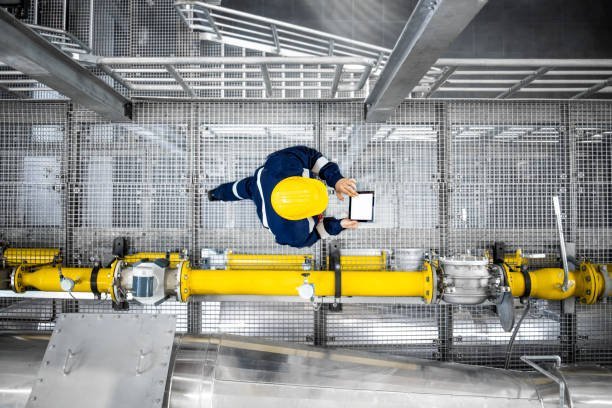In the intricate dance of industrial facility safety, one cannot underestimate the pivotal role that Pipes, Valves, and Fittings (PVF) play in emergency preparedness. These seemingly mundane components form the backbone of any facility’s infrastructure, quietly working behind the scenes to ensure the smooth operation of critical processes. When it comes to emergencies, their reliability becomes the linchpin for swift and effective response, potentially making the difference between crisis and controlled resolution.
The Silent Guardians: Pipes
Picture the intricate network of pipes snaking through a facility like veins in a body. Just as our veins transport life-sustaining blood, pipes facilitate the flow of crucial materials, be it water, chemicals, or gases. In an emergency, these pipes must be robust, resilient, and corrosion-resistant to prevent leaks or ruptures that could exacerbate the situation.
Well-designed pipes, crafted from high-quality materials, ensure the seamless transport of substances without compromising the integrity of the system. Regular maintenance and inspections become the sentinel eyes, detecting potential weaknesses before they escalate into full-blown emergencies.
Gatekeepers of Control: Valves
Valves are the gatekeepers of control in any facility. In an emergency, the ability to regulate the flow of materials swiftly and accurately can be the difference between containment and catastrophe. Emergency shut-off valves, for instance, can isolate hazardous materials, preventing their spread and minimizing damage.
Sophisticated valve systems equipped with fail-safes and automation contribute to the efficiency of emergency responses. Automated shut-off valves can be triggered by sensors detecting abnormal conditions, ensuring a rapid and precise reaction to unforeseen events.
Precision in Connection: Fittings
While often overlooked, fittings play a crucial role in maintaining the integrity of the entire PVF system. Leaks at connection points can compromise safety and escalate emergencies. High-quality fittings, properly installed and regularly inspected, provide the tight seals necessary to prevent leaks.
In addition, well-designed fittings contribute to the overall efficiency of a facility. By minimizing energy loss and optimizing fluid flow, they not only enhance daily operations but also improve the efficacy of emergency response measures.
The Collaborative Symphony: PVF in Concert
In emergencies, PVF components must work seamlessly together, akin to a well-practiced orchestra. A flaw in one section can disrupt the entire performance. Regular training and simulations ensure that personnel are adept at orchestrating the shutdown and isolation procedures that rely heavily on the functionality of PVF systems.
Investing in high-quality PVF systems is not just a matter of compliance; it’s a strategic move toward fortifying a facility’s ability to weather unforeseen storms. The synergy of pipes, valves, and fittings forms a robust defense against potential disasters, providing a level of preparedness that is essential in today’s complex industrial landscape.
The role of PVF systems in facility safety and emergency preparedness cannot be overstated. These silent guardians, when designed with precision and maintained diligently, stand as the first line of defense against the unpredictable nature of emergencies. The investment in reliable PVF components is an investment in the resilience of a facility, ensuring that it can face the unexpected with confidence and emerge unscathed.


